There’s this exercise in DBT with a name that makes people laugh nervously when they first hear it: “Nobody Wants Your Whiny Baby.” The name is perfect because it captures something we all know but rarely talk about directly.
Here’s what happens in a lot of therapy, especially when someone gets labeled with a personality disorder. The therapist, often trained in cognitive behavioral approaches, accidentally sends the message that emotions are the problem. So patients learn to just not talk about feelings. They wall themselves off completely from their emotional life. They think they’re learning emotion regulation, but they’re actually learning to bottle everything up until they inevitably explode. You can’t white knuckle your way through life pretending you don’t have feelings. It doesn’t work.
The whiny baby exercise flips this completely.
Picture yourself walking into a room full of people while carrying a screaming baby. Your first instinct might be to hand that baby off to someone else because it’s overwhelming and you need help. But nobody wants your screaming baby. That’s not appropriate. You can’t just pass off your distress and expect others to deal with it.
What you have to do is soothe the baby yourself first. Rock it, comfort it, help it calm down.
And here’s the thing: once that baby is calm and content, everyone wants to hold it. Everyone wants to interact with a happy, regulated baby. The same goes for our emotions.
This isn’t about what words you use. It’s about the metacommunication, the emotional undercurrent of how you’re sharing. I could tell a patient “I stepped in a puddle this morning and my kids kept me up all night, so I’m a little tired.” That’s totally appropriate. It explains what’s going on with me without demanding anything from them. But if I come in saying “Oh my god, I stepped in this puddle and it was so overwhelming and I don’t know what to do and then the kids were up and then this happened and that happened,” I’m not just sharing information anymore. I’m emotionally dumping. Even though the facts are the same, I’m now expecting the other person to participate in my inner emotional life, to help me carry this distress. And in most situations, that’s not a fair ask.
The exercise works across every type of therapy because it addresses a fundamental truth: emotion is not the problem. Your relationship to emotion is what needs work. We don’t need fewer feelings. We don’t need to suppress or avoid or pretend we’re robots. We need to learn how to hold our own emotional experiences first, to be the primary soother of our own distress, before we bring those emotions to others.
This doesn’t mean you never seek support or share difficult feelings. It means you do the initial work of self-soothing first. You acknowledge the emotion, you sit with it, you regulate it enough that when you do share, you’re inviting connection rather than demanding rescue. You’re offering someone a calm baby they might want to hold, not throwing a screaming infant at them and running away.
Here’s where this exercise becomes a gateway to deeper work. Once you start recognizing that screaming baby as something you need to soothe first, you begin to see it for what it often is: your inner child. That overwhelming emotional state that wants to hand off its distress to anyone who will take it is frequently a younger part of yourself that never learned how to self-soothe because no one taught you how when you were actually small.
This recognition paves the way for parts-based therapy approaches like Internal Family Systems or inner child work. The “whiny baby” isn’t just a metaphor anymore. It’s literally a younger part of you that’s dysregulated and needs attention. But instead of expecting others to parent this child part, you become the parent. You become the adult who can hold, comfort, and regulate your own inner child before bringing those needs to relationships.
When you start seeing it this way, the exercise transforms from a behavioral technique into a practice of internal reparenting. Every time you notice yourself about to emotionally dump, you’re actually noticing a part of you that needs care. And instead of abandoning that part by suppressing it or overwhelming others by throwing it at them, you turn toward it. You ask what this inner child needs. You provide the soothing, the validation, the patient presence that maybe you didn’t get when you were young.
This bridge between DBT skills and parts work is powerful because it takes the mechanical aspect of emotion regulation and makes it relational. You’re not just using a technique to manage symptoms. You’re building an internal relationship between your adult self who can regulate and your child self who holds the intense emotions. Over time, this inner child learns to trust that the adult you will show up, will provide comfort, will not abandon or shame them for having big feelings.
For people who’ve been told their whole lives that their emotions are “too much” or that they need to just stop feeling so intensely, this exercise is revolutionary. It says your emotions aren’t the problem. The intensity isn’t the problem. The problem is when we expect others to do the primary soothing work that we need to do ourselves first. Once we can hold and comfort our own emotional experiences, even briefly, we can bring them to relationships in a way that creates intimacy instead of chaos.
The beauty of calling it “Nobody Wants Your Whiny Baby” is that it makes the concept stick. Every time you feel that urge to emotionally dump on someone, you remember: wait, is this a screaming baby I’m about to hand off? Or have I soothed it first? Have I done my own emotional work before asking others to help me hold this? And more importantly, can I recognize this baby as a part of me that needs my attention, my care, my parenting?
That shift from expecting others to manage our emotions to taking responsibility for that first wave of regulation ourselves changes everything. It’s not about having less emotion. It’s about being a good parent to your own emotional experiences and to the younger parts of yourself that carry them. When we can do this, we’re not just learning a DBT skill. We’re healing the relationship between our adult selves and our inner children, creating internal security that makes external relationships possible.


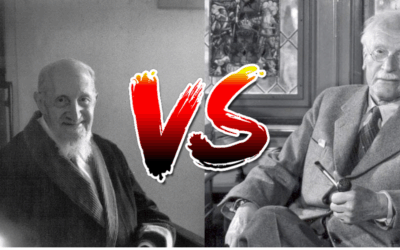






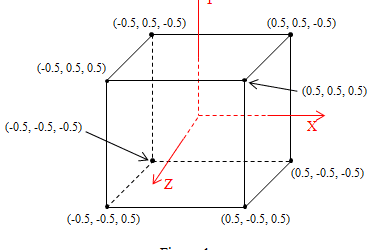


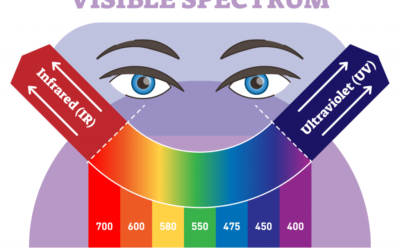




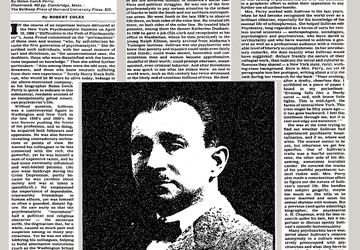




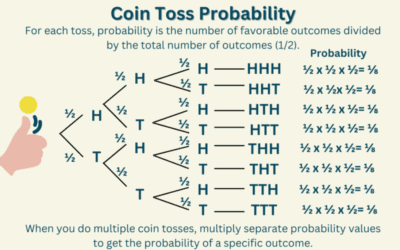




0 Comments